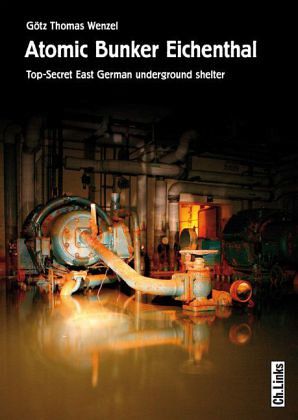Nicht lieferbar

Atomic Bunker Eichenthal
Top-Secret East German underground shelter
Übersetzung: Cohen, James E.
Versandkostenfrei!
Nicht lieferbar
Hidden in a small patch of forest between Rostock and Greifswald lies one of the most top secret bunkers of the Cold War: the underground Tropospheric Station 302. The complex was part of a highly confidential Warsaw Pact communications system, and was impervious to eavesdropping and designed to function even after a nuclear attack. Until shortly before the collapse of the German Democratic Republic, the ultramodern station had swallowed up a total investment of more than 40 million East German marks, only to be rendered useless a few months after going into full-scale operation in 1990. Follo...
Hidden in a small patch of forest between Rostock and Greifswald lies one of the most top secret bunkers of the Cold War: the underground Tropospheric Station 302. The complex was part of a highly confidential Warsaw Pact communications system, and was impervious to eavesdropping and designed to function even after a nuclear attack. Until shortly before the collapse of the German Democratic Republic, the ultramodern station had swallowed up a total investment of more than 40 million East German marks, only to be rendered useless a few months after going into full-scale operation in 1990. Following a thorough inspection of the complex by the West German Bundeswehr, it was sealed shut and abandoned. In 2004, the 42-acre complex was purchased by a private individual and has since been converted into a military museum. The complex provides keen insight into the strategies and secret communication technologies that characterized the conflict between the Eastern and Western blocs. The combination of original documents, maps, architectural drawings and numerous photographs helps illustrate the history of the facility.




